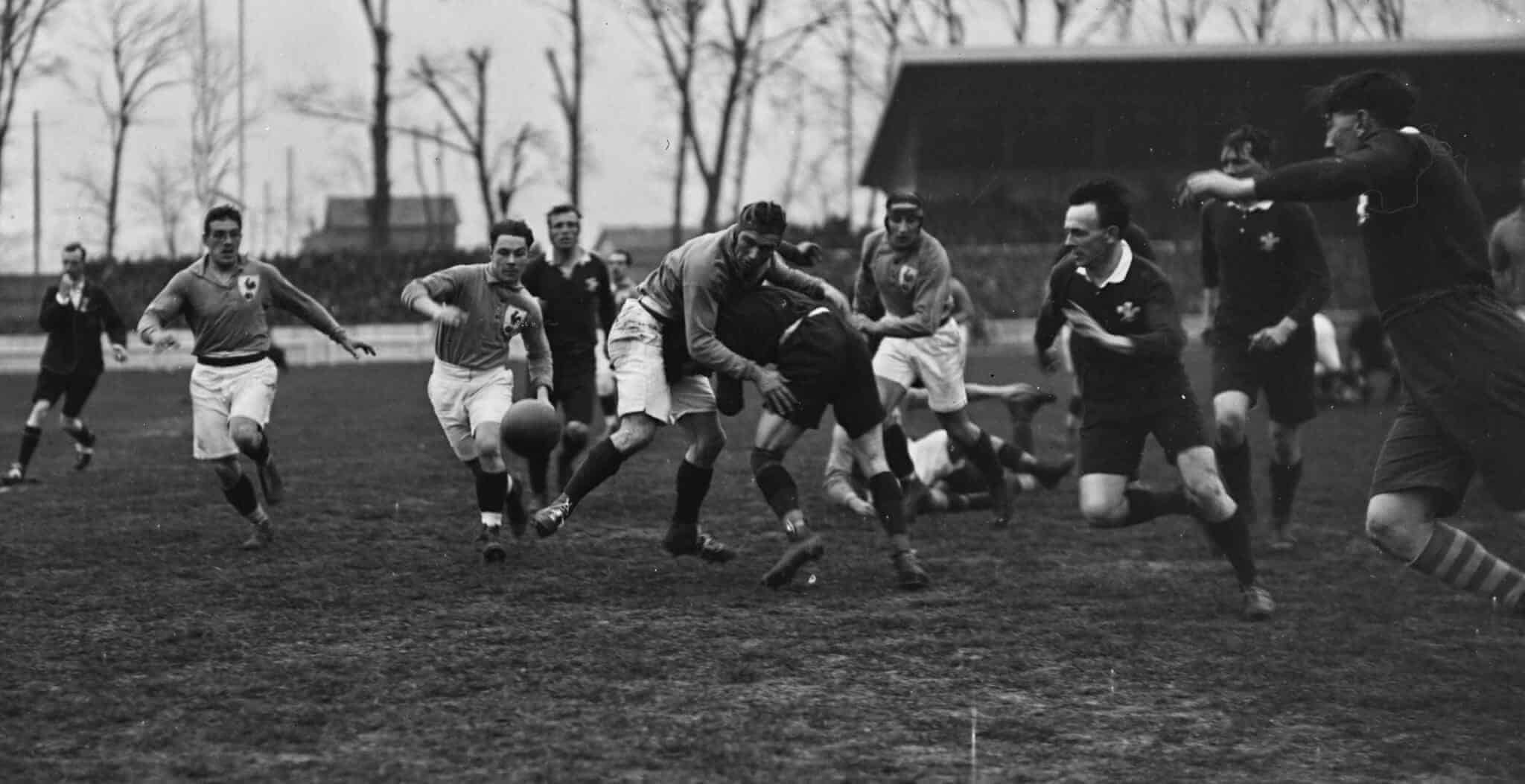History Of Soccer

History

The first known examples of a team game involving a ball, which was made out of a rock, occurred in old Mesoamerican cultures for over 3,000 years ago. It was by the Aztecs called Tchatali, although various versions of the game were spread over large regions. In some ritual occasions, the ball would symbolize the sun and the captain of the losing team would be sacrificed to the gods. A unique feature of the Mesoamerican ball game versions was a bouncing ball made of rubber – no other early culture had access to rubber.
The first known ball game which also involved kicking took place In China in the 3rd and 2nd century BC under the name cuju. Cuju was played with a round ball (stitched leather with fur or feathers inside) on an area of a square. A modified form of this game later spread to Japan and was by the name of kemari practiced under ceremonial forms.
Perhaps even older than cuju was Marn Gook, played by Aboriginal Australians and according to white emigrants in the 1800s, a ball game that primarily involving kicking. The ball was made by encased leaves or roots. The rules are mostly unknown, but as with many other early versions of the game, a chief feature seems to have been to keep the ball in the air.
Other variety of ball games had been known from Ancient Greece. The ball was made by shreds of leather filled with hair (the first documents of balls filled with air are from the 7th century). Ball games had, however, a low status and was not included at the Panhellenic Games. In the Ancient Rome, games with balls were not included in the entertainment on the big arenas (amphitheaters), but occurred in exercises in the military by the name of Harpastum. It was the Roman culture that would bring football to the British island (Britannica). It is, however, uncertain in which degree the British people were influenced by this variety and in which degree they had developed their own variants.
The game of football takes its form
The most admitted story tells that the game was developed in England in the 12th century. In this century, games that resembled football were played on meadows and roads in England. Besides from kicks, the game involved also punches of the ball with the fist. This early form of football was also much more rough and violent than the modern way of playing.
An important feature of the forerunners to football was that the games involved plenty of people and took place over large areas in towns (an equivalent was played in Florence from the 16th century where it was called Calcio). The rampage of these games would cause damage on the town and sometimes death to the participants. These would be among the reasons for the proclamations against the game that finally was forbidden for several centuries. But the football-like games would return to the streets of London in the 17th century. It would be forbidden again in 1835, but at this stage the game had been established in the public schools.
It took, however, long time until the features of today’s football had been taken into practice. For a long time there was no clear distinction between football and rugby. There were also many variations concerning the size of the ball, the number of players and the length of a match.
The first football clubs
Football clubs have existed since the 15th century, but unorganized and without official status. It is therefore hard to decide which the first football club was. Some historians suggest that it was the Foot-Ball Club formed 1824 in Edinburgh. Early clubs were often formed by former school students and the first of this kind was formed in Sheffield in 1855. The oldest among professional football clubs is the English club Notts County that was formed in 1862 and still exists today.
An important step for the emergence of teams was the industrialization that led to larger groups of people meeting at places such as factories, pubs and churches. Football teams were established in the larger cities and the new railroads could bring them to other cities.
The motivation behind paying players was not only to win more matches. In the 1880s the interest in the game has moved ahead to a level that tickets were sold to the matches. And finally, in 1885 professional football was legalized and three years later the Football League was established. During the first season, 12 clubs joined the league, but soon more clubs became interested and the competition would consequently expand into more divisions.
For a long time, the British teams would be dominant. After some decades, clubs from Prague, Budapest and Sienna would be the primarily contenders to the British dominance.





